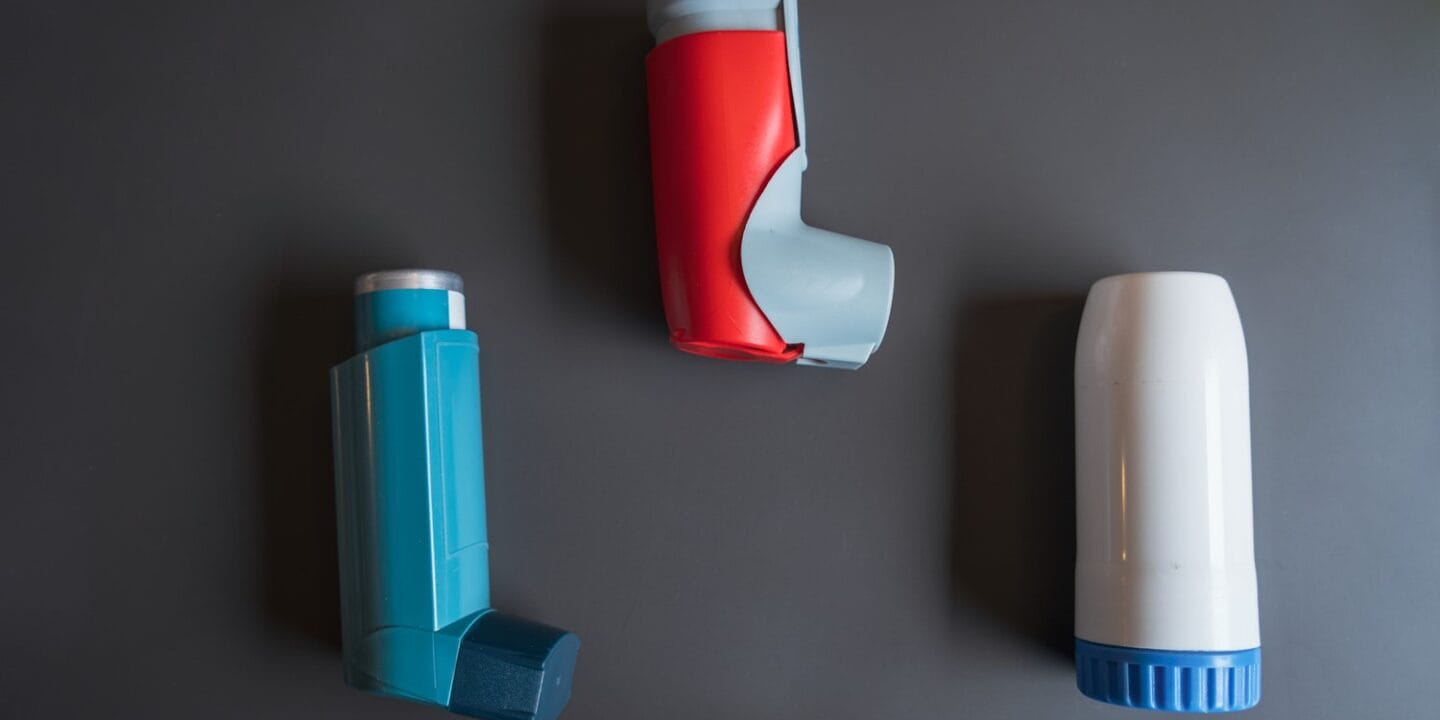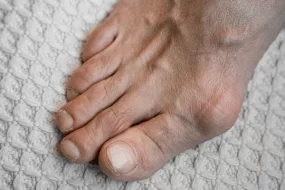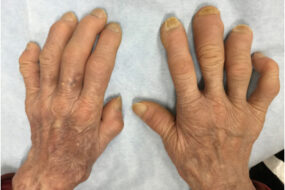- Home
- INTERNAL MEDICINE
- Respiratory system
- Chronic Bronchitis

Chronic Bronchitis is a form of Chronic Obstructive Pulmonary Disease (COPD) characterized by persistent inflammation of the bronchi (the large air passages from the trachea to the lungs) resulting in chronic cough and excessive mucus production. It is a progressive condition primarily caused by long-term exposure to irritants, most notably cigarette smoke.
Pathophysiology
- Airway Inflammation:
- Chronic exposure to irritants leads to ongoing inflammation of the bronchial lining. This inflammation results in structural changes to the airways, a process known as airway remodeling.
- Mucus Hypersecretion:
- Increased production of mucus is a hallmark of chronic bronchitis. Goblet cells and submucosal glands proliferate in response to chronic irritation, leading to excessive mucus accumulation.
- Airway Obstruction:
- The combination of inflammation and mucus obstruction causes narrowing of the airways, leading to airflow limitation, particularly during expiration.
- Ciliary Dysfunction:
- The cilia, responsible for clearing mucus from the airways, become damaged and lose their function, further contributing to mucus retention and airway obstruction.
- Chronic Bronchial Wall Changes:
- Over time, inflammation leads to thickening of the bronchial walls, fibrosis, and increased smooth muscle tone, exacerbating airflow obstruction.
Clinical Presentation
- Symptoms:
- Chronic Cough: A productive cough lasting at least three months per year for two consecutive years is characteristic. The cough is often worse in the morning and may be associated with sputum production.
- Sputum Production: Increased mucus production can lead to a change in sputum color (clear, yellow, or green) depending on whether there is an infection.
- Dyspnea: Shortness of breath, initially with exertion and later at rest as the disease progresses.
- Wheezing: A whistling sound during breathing indicates narrowing of the airways.
- Chest Tightness: A feeling of pressure or constriction in the chest may accompany dyspnea.
- Signs:
- Physical Examination:
- Prolonged expiration, wheezing, and decreased breath sounds may be noted during auscultation.
- Use of accessory muscles for breathing may be observed in more advanced stages.
- Cyanosis: Bluish discoloration of the lips or fingertips may be present in severe cases.
- Physical Examination:
Diagnosis
- Medical History:
- A detailed history of smoking, exposure to environmental pollutants, occupational exposures, and symptoms is crucial.
- Physical Examination:
- Assessment of respiratory function and signs of respiratory distress is important.
- Pulmonary Function Tests (PFTs):
- Spirometry: Key diagnostic test confirming the presence of airflow limitation. A post-bronchodilator FEV1/FVC ratio of < 0.70 indicates obstructive airway disease.
- Imaging Studies:
- Chest X-ray: May show signs of hyperinflation and flattened diaphragm, although changes may be subtle.
- CT Scan: Can provide detailed images showing bronchial wall thickening and other structural changes.
- Arterial Blood Gas Analysis:
- May reveal hypoxemia (low blood oxygen) and hypercapnia (elevated carbon dioxide levels) in advanced disease.
- Sputum Examination:
- Analysis of sputum may help identify the presence of infection or other pathologies.
Management
- Smoking Cessation:
- The most effective intervention for slowing disease progression. It can lead to significant improvements in symptoms and overall lung function.
- Medications:
- Bronchodilators:
- Short-acting bronchodilators (SABAs and SAMAs) for rapid relief of symptoms.
- Long-acting bronchodilators (LABAs and LAMAs) for regular use to improve lung function and reduce symptoms.
- Inhaled Corticosteroids (ICS):
- Often used in combination with LABAs for patients experiencing frequent exacerbations or those with significant eosinophilic inflammation.
- Phosphodiesterase-4 Inhibitors:
- Roflumilast can be prescribed for patients with chronic bronchitis and frequent exacerbations to reduce inflammation.
- Bronchodilators:
- Pulmonary Rehabilitation:
- A comprehensive program that includes exercise training, education, and support to improve functional status and quality of life.
- Oxygen Therapy:
- Indicated for patients with chronic hypoxemia (PaO2 < 55 mmHg or oxygen saturation < 88%). Long-term oxygen therapy can improve survival and quality of life.
- Management of Exacerbations:
- Exacerbations are often triggered by respiratory infections or environmental factors. Management includes:
- Bronchodilator Therapy: Increased frequency and dosage of bronchodilators during exacerbations.
- Corticosteroids: Oral or systemic corticosteroids may be used to reduce inflammation during exacerbations.
- Antibiotics: Indicated for bacterial infections or if there is significant purulent sputum production.
- Exacerbations are often triggered by respiratory infections or environmental factors. Management includes:
Prognosis
- Chronic bronchitis is a progressive disease with a variable prognosis based on factors such as:
- Smoking status
- Severity of airflow limitation
- Presence of comorbidities (e.g., cardiovascular disease, respiratory infections)
- Adherence to treatment
- Regular follow-up is essential to manage symptoms, prevent exacerbations, and monitor disease progression.
Conclusion
Chronic bronchitis is a significant and preventable form of COPD characterized by chronic cough, sputum production, and airflow limitation due to airway inflammation and mucus hypersecretion. Effective management strategies, including smoking cessation, medication adherence, and pulmonary rehabilitation, can improve patient outcomes and quality of life. Regular monitoring and patient education are crucial to managing chronic bronchitis and preventing complications.












